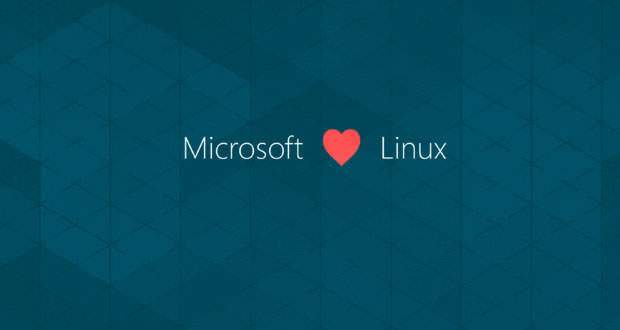Microsoft, Surprise announcement: Windows 10 will integrate a complete Linux kernel
Microsoft has officially declared that starting this summer Windows 10 will implement a Linux kernel within Windows Subsystem for Linux (WSL). With enormous advantages both in terms of performance and in terms of compatibility.
This summer Microsoft will start a test program to put a complete Linux kernel on Windows 10. A surprise announcement, yet another, that sees the Redmond company getting closer and closer to the penguin’s operating system.
Recently, Microsoft introduced the Bash shell on Windows, the OpenSSH feature natively on Windows 10, and accepted Ubuntu, SUSE Linux and Fedora on the Windows Store. Today’s announcement adds a new fundamental element in the relationship between Windows and the open-source platform.
At the moment, Windows Subsystem for Linux uses a kernel written and authorized by Microsoft that uses the same API as the Linux kernel.
The Microsoft kernel, in short, translates the Linux API into API for the Windows NT kernel, but it is an approach that has several compromises: for example: there is no possibility to use drivers for Linux, such as related ones to the file system, which can now perform up to twenty times lower than a native Linux environment.
The Microsoft kernel is also based on an older version of the Linux kernel, and some APIs have not been implemented at all, while others have only been partially implemented to run specific applications.
All compromises are absent on Windows Subsystem for Linux 2 which, instead of emulating the Linux kernel API on the Windows NT environment, will work on the basis of a Linux kernel executed within a lightened and ad-hoc virtual machine.
The kernel on Windows 10 will be tailor-made for specific use within Windows 10, with limited hardware support (for which the environment will be based on host support) and faster boot times. The kernel is also based on the GPL license, which requires that any change to the code be published and made available to the community.
Microsoft will abide by this clause by posting all the patches and changes it will make to the kernel. Furthermore, the WSL 2 platform will use a kernel that will be supplied with Windows, while any customizations can be installed directly from the Microsoft Store.
Using a complete Linux kernel, although still customized by Microsoft, Windows 10 gains all the features of Linux with direct updates distributed on Windows Update. WSL 2 will support Docker containers, all the invisible Linux kernel infrastructure, such as groups, and Microsoft will not have to write a line of code.
This is an enormous added value for developers, who will immediately get a huge performance boost in an environment that has already been welcomed by the experts, and that will have much less compatibility problems on paper. compared to today. The first preview version of WSL 2 is scheduled for the month of June, while for the release, it will be necessary to wait for October or November with the debut of Windows 10 19H2.

